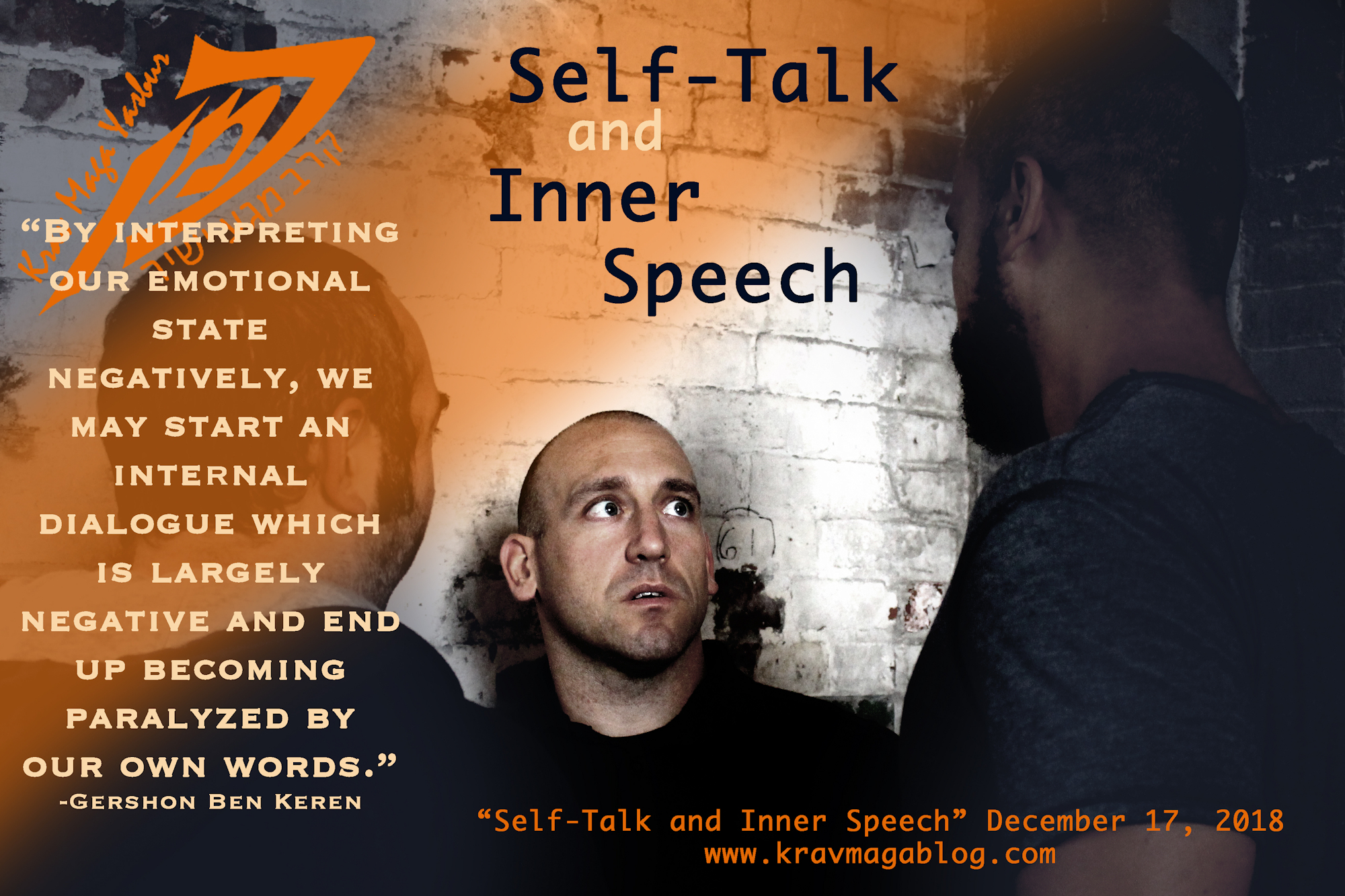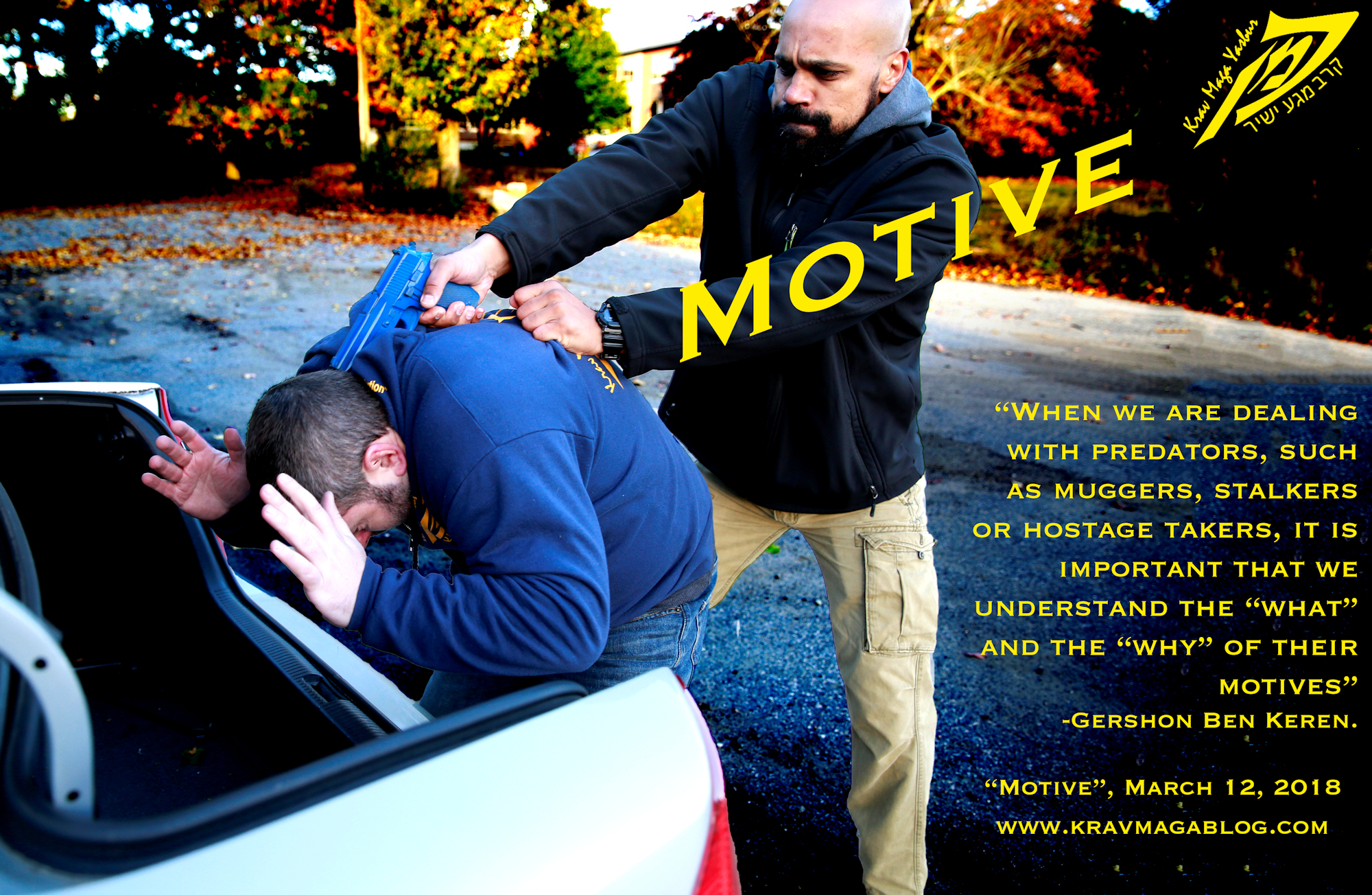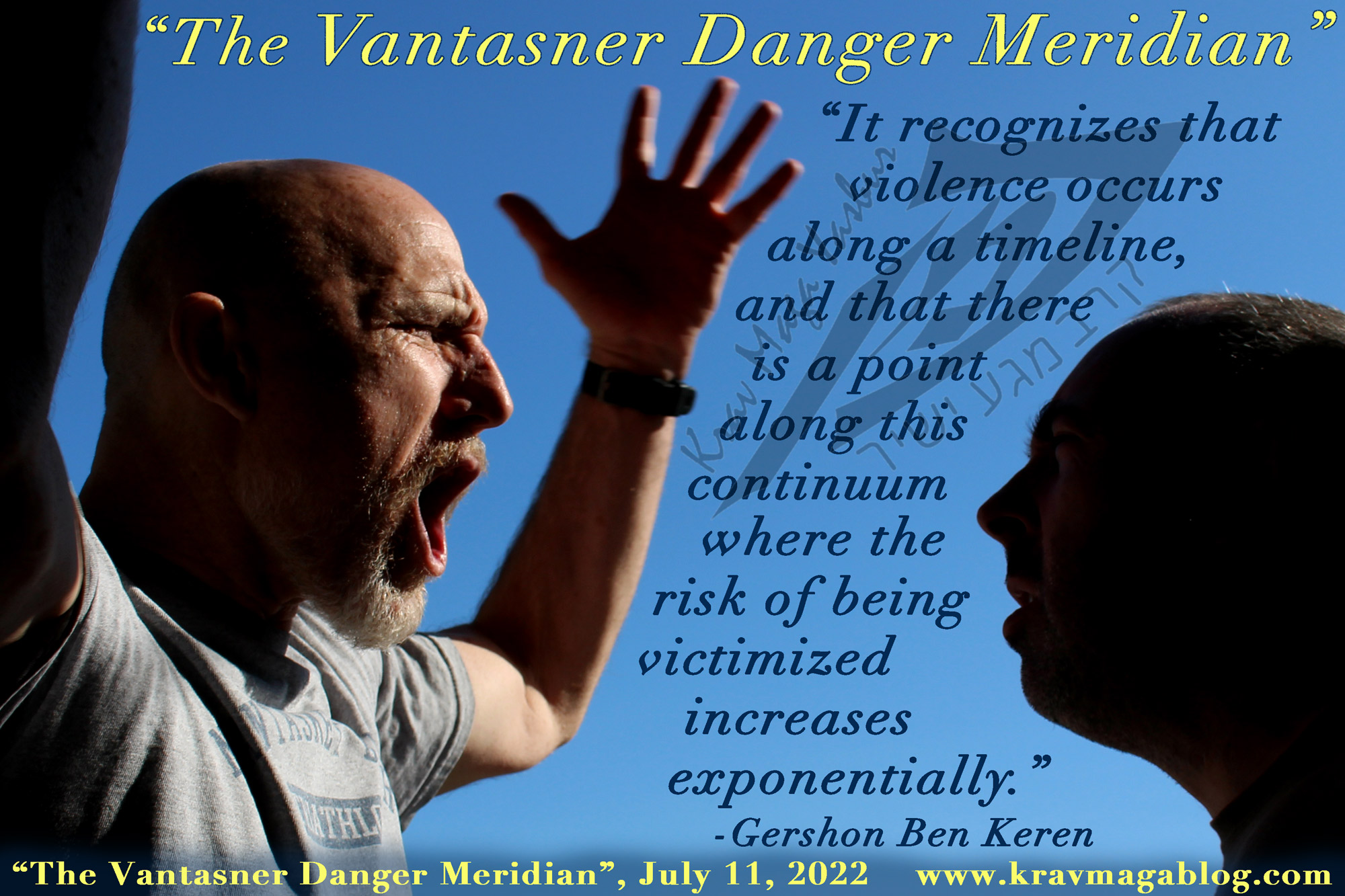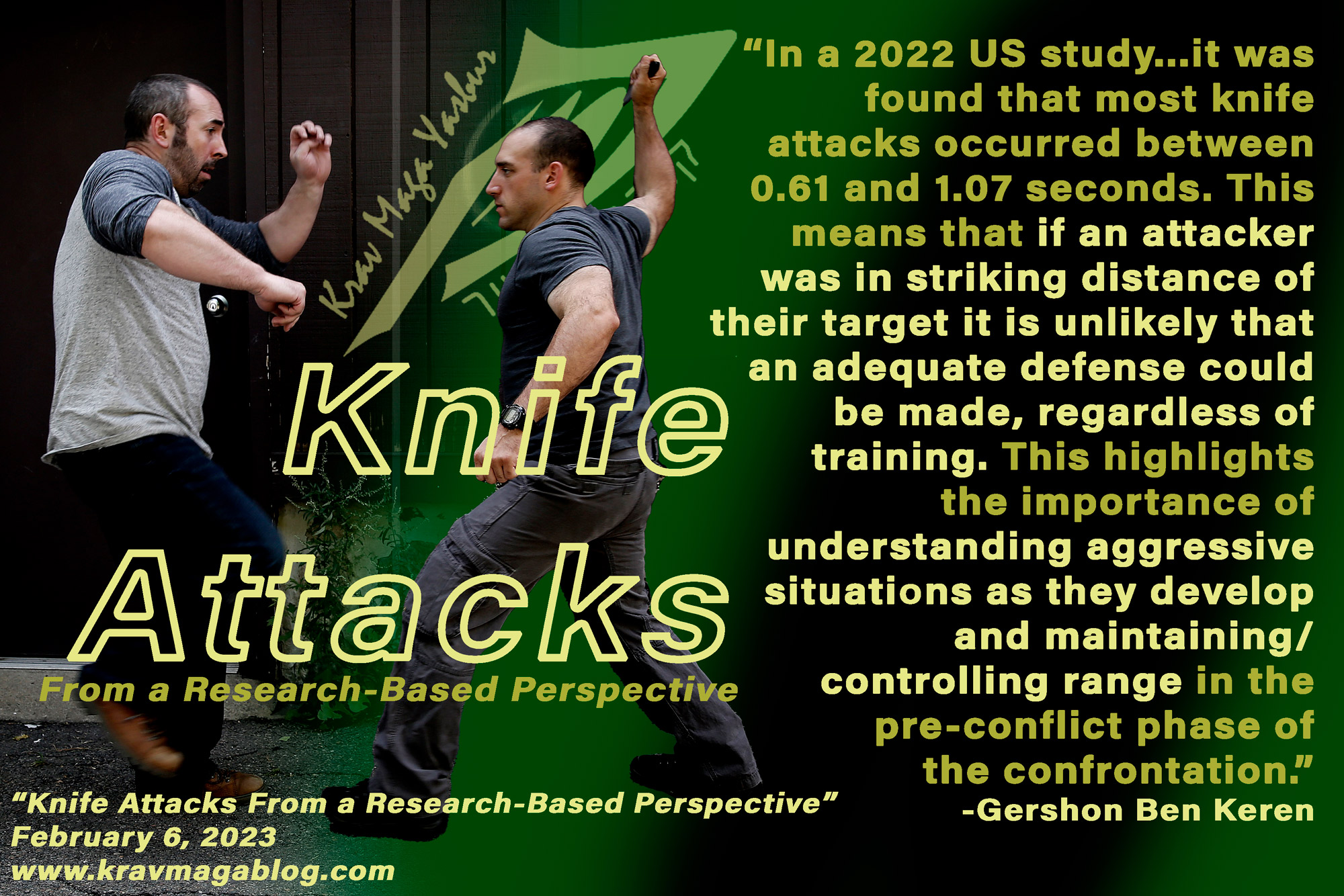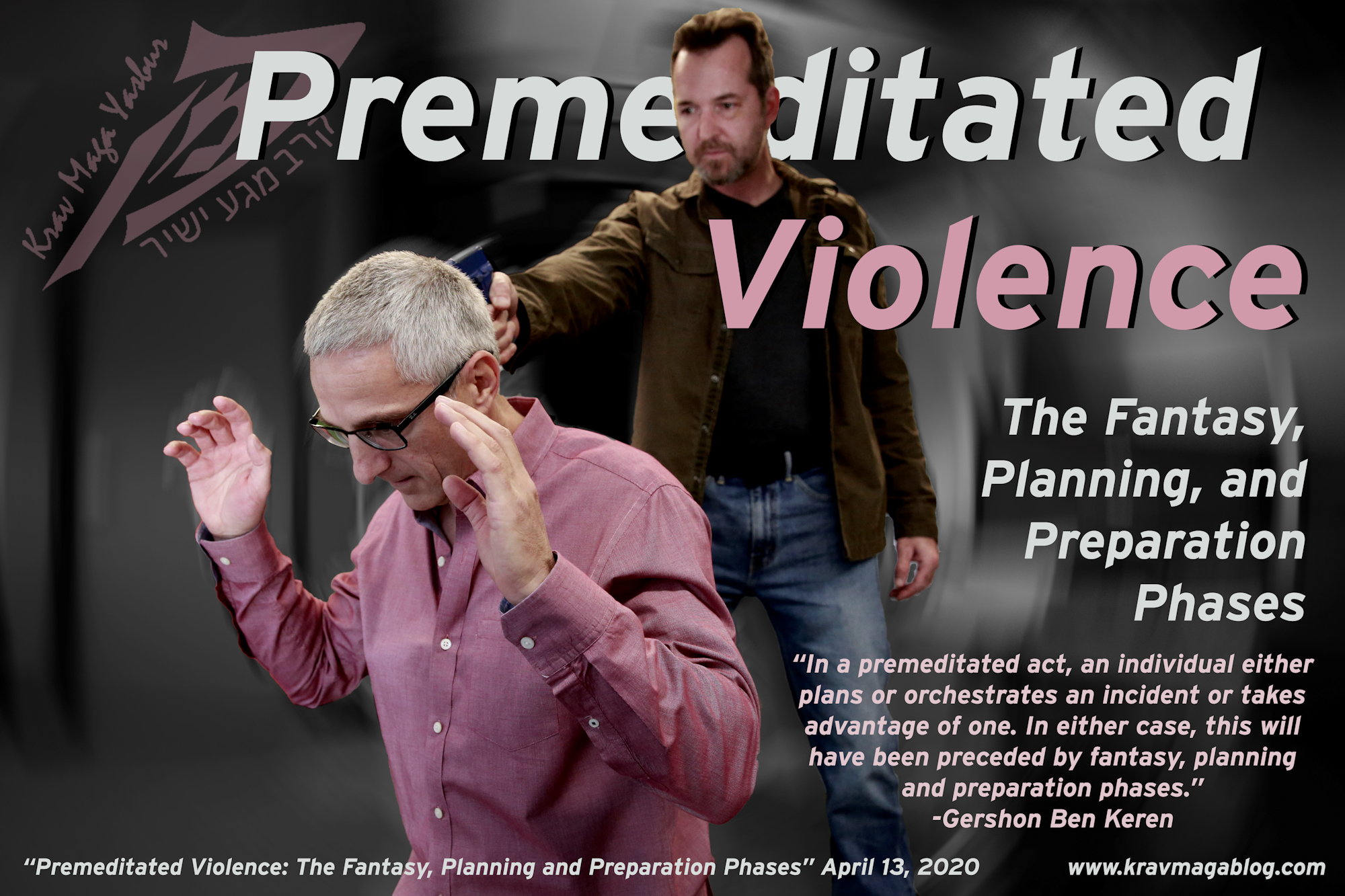Premeditated Violence – The Fantasy, Planning & Preparation Phases, is an article written by Gershon Ben Keren, a 5th Degree Black Belt in Krav Maga, who teaches Krav Maga in Boston, MA. He has also authored three Amazon best-Selling Books on Krav Maga.
Violence can be categorized as either being spontaneous or premeditated i.e. preplanned. The criminal justice system also treats these two types of violence differently, with premeditated acts, being judged far more harshly than spontaneous ones e.g. somebody who plans to commit a murder, is more likely to get a longer sentence, than somebody who takes a life in the heat of the moment, even if their act was deliberate, etc. It is worth noting, that if you always train to “finish” your assailant, by kicking them in the head whilst they are on the floor (which is only going to be legally justifiable in the most extreme of situations e.g. you were in a fight for your life), it could be argued that should you do this in real-life, your act may be considered a premeditated one; as over time you considered, and then planned/prepared yourself to do this (be aware that what you say and what you post on social media may at some point be viewed as evidence against you). In premediated acts, there are three phases (and in some cases two others) that precede the execution of an act of violence. These can happen over a period of time, in which case they may be extremely distinct, or in the moment where they quickly merge together, with each distinct phase being difficult to identify and separate.
Everything starts with a fantasy. The Sexual Predator, Brock Turner, may have claimed that his assault on an unconscious student, was a moment of madness – and a naive and/or prejudiced judge may have believed him – however most of us, finding ourselves in a similar situation, wouldn’t have responded in the way he did. Even, if at certain times, we may have had dark thoughts and ideas, about acts of violence, most times these will be fleeting, and we may even find ourselves embarrassed that we had such thoughts, however for some these thoughts become something that over-powers their rational thinking processes and start to become an all-consuming fantasy. If Brock Turner, didn’t act before, it may well be because he never had the opportunity to do so, or because his fantasy was not yet developed enough i.e., he was still exploring ideas in his mind, etc. I would argue that it is rare for extreme acts of violence, that appear to be committed in the moment, to have not been preceded by some form of prior thought process; even if the individual wasn’t fully aware and unable to fully imagine what the consequences of their actions would be. I’ve worked with many young people in the UK who made the claim that they only carried a knife for self-defense, and whilst this may have been the initial motivation, when you started to talk about how they would use the weapon, an air of excitement would develop, and you’d see the feeling of power that holding/using the blade would give them. Fantasies aren’t simply thoughts; they have an emotional content to them. They create physiological changes when we think about them and create emotional pleasure. They can be born out of many different things, such as frustration, a sense of injustice, a need to punish others, a desire for power and excitement, etc., and when we entertain them, they make us feel good. Often, they remain simply as fantasies concerning violence but sometimes people will act on them. For this, they need to enter the planning phase.
Rarely, in a fight, will you just stomp somebody’s head when they are on the ground; unless it’s an act of utter desperation, as you feel control of the fight slipping away from you, and you’ve just got to do something, anything, etc. Most of the time, it will be planned i.e. you will think about doing it, prepare to do it, and then do it, etc. Obviously, this thought process can occur in a moment, but you are considering your action – probably without weighing up all of the possible consequences, as everything will be moving so fast; this is why you consider the tactics you envisage using in a confrontation, long before you ever get there. For some, the planning and the preparation phases are much longer, and along with the fantasy actually become the point of the act of planned violence. Most active shooter/killer incidents are over in less than 10 minutes i.e. the execution phase is over very quickly. There is little time for the killer to enjoy what they are doing. Where such killers take their pleasure is in the fantasy, planning and preparation phases, where they start to think about the locations they may choose, the date on which they will conduct their rampage, and as they go about preparing for their spree by buying weapons and ammunition. This is where they imagine the power they will have over their victims, the fear they will induce and the feelings of revenge and justice they will enjoy. This is often why these killings are planned and prepared for, over a relatively long period of time. This is where the emotional reward is experienced. Many mass shootings, which are usually short-lived, end in suicide, likely making the execution phase a bitter-sweet experience. It is also likely that the actual execution of the plan will not live up to the fantasy. In some cases, it may, but in most cases the plan is not going to play out as perfectly as it was imagined. Many serial sexual assailants report that one of the reasons they kept increasing the level of violence, etc., in their assaults, was because the actual event never lived up to the excitement that the fantasy promised; and so they kept increasing the humiliation, degradation and violence they meted out upon those they targeted in the hope that at some point, the reward of the act would be the same as the fantasy.
In some cases of premeditated violence there is a trigger, that brings the fantasy, planning and preparation phases together. This is often the case in workplace shootings, where a firing, or a disciplinary hearing is the event, which “triggers” the incident of violence. This is one of the ways in which workplace shootings are very different events to school/university shootings, even though active shooter incidents are treated as if they are all the same. In such incidents there may also be an “approach” phase, where the individual(s) starts to set things up, such as bringing their firearms and weapons into the building before they open fire on those they have targeted. Although we tend to think of such incidents as being completely indiscriminate regarding who is identified as a potential victim, oftentimes, certain individuals or groups are either directly let go, or passed over e.g. Michael McDermott, during the Edgewater Technology shooting in Wakefield, Massachusetts, really only targeted the Payroll and Human Resources Department, who he had a grudge with, and directly ignored and passed over individuals from other departments.
The difference between a premeditated and a spontaneous act of violence, is that spontaneous acts occur in the moment, and are based upon an act/perceived injustice committed by another person/party i.e. the individual in question wasn’t planning or looking for a reason to act violently. In a premeditated act, an individual either plans or orchestrates an incident or takes advantage of one. In either case, this will have been preceded by fantasy, planning and preparation phases.
0 COMMENTS